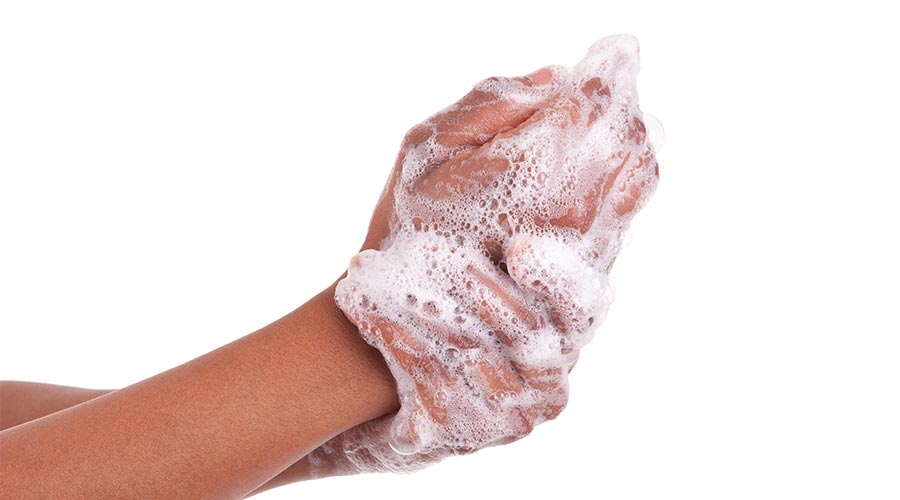
Cartridge dispensers work a bit differently than bulk dispensers. Sealed in a plastic container, the soap never contacts the air or workers’ hands. It cannot be diluted with tap water or tampered with in any way.
“Sealed systems are not only more hygienic, but easier to maintain, according to manufacturers,” says Hicks. “Sealed soap systems eliminate the risk of contamination through contact or the environment, making them safer and healthier for the user. Every sealed soap cartridge is fresh, clean, and germ-free.”
These soap options are also vandal-proof. Once the sealed cartridge is placed into the dispenser, building occupants can’t open it or access the soap.
Although building occupants can’t access cartridge systems, frontline workers will have no trouble doing so. In fact, one of the advantages of a sealed system is that they are simple to maintain.
Hicks and his team tested the time it would take to change out soap cartridges and how that compared to the maintenance tasks of the bulk soap counterparts.
"We found that it takes just six seconds to switch out a sealed soap cartridge,” says Hicks. “This is compared to the 30 seconds it took to top-off a bulk dispenser, which can also be difficult to refill, resulting in spills and drips that take additional time to clean up.”
The safety and time savings associated with sealed systems can come at a cost. Soap cartridges are more expensive than buying a jug of bulk soap, and no-touch dispensers can cost even more.
“Many ‘hands-free’ sealed, proprietary systems are battery operated,” says Hicks. “When you add the cost of batteries to the higher cost of soap/hand sanitizer cartridges, and the cost of disposing the batteries as a ‘special waste’, it can burden budgets.”
And then there’s all that plastic to throw away, a potential problem for an institution committed to decreasing waste and increasing sustainability.
“It’s a trade off,” admits Solomon. But one that may be worth making. “There is value in products that minimize the transfer of infection.”
While both options can be feasible for facilities, BSCs can educate facilities on the pros and cons of both bulk soap and closed cartridges. Ultimately it may come down to maintenance commitments, concerns with tampering, soap quality being compromised, or green cleaning priorities. What is paramount is having all the knowledge on the table.
Amy Milshtein is a freelancer based in Portland, Oregon. She is a frequent contributor to Contracting Profits.
Pros and Cons of Bulk Soap Dispensers vs. Closed Cartridges

 The Down and Dirty on Cleaning in Virus Season
The Down and Dirty on Cleaning in Virus Season How Surfactant Use is Expanding in Commercial Cleaning
How Surfactant Use is Expanding in Commercial Cleaning Maximize Your Margins: Learn How to Automate Pricing and Track Rebates
Maximize Your Margins: Learn How to Automate Pricing and Track Rebates